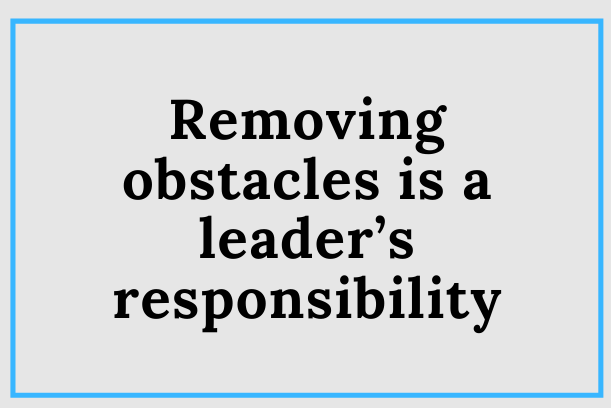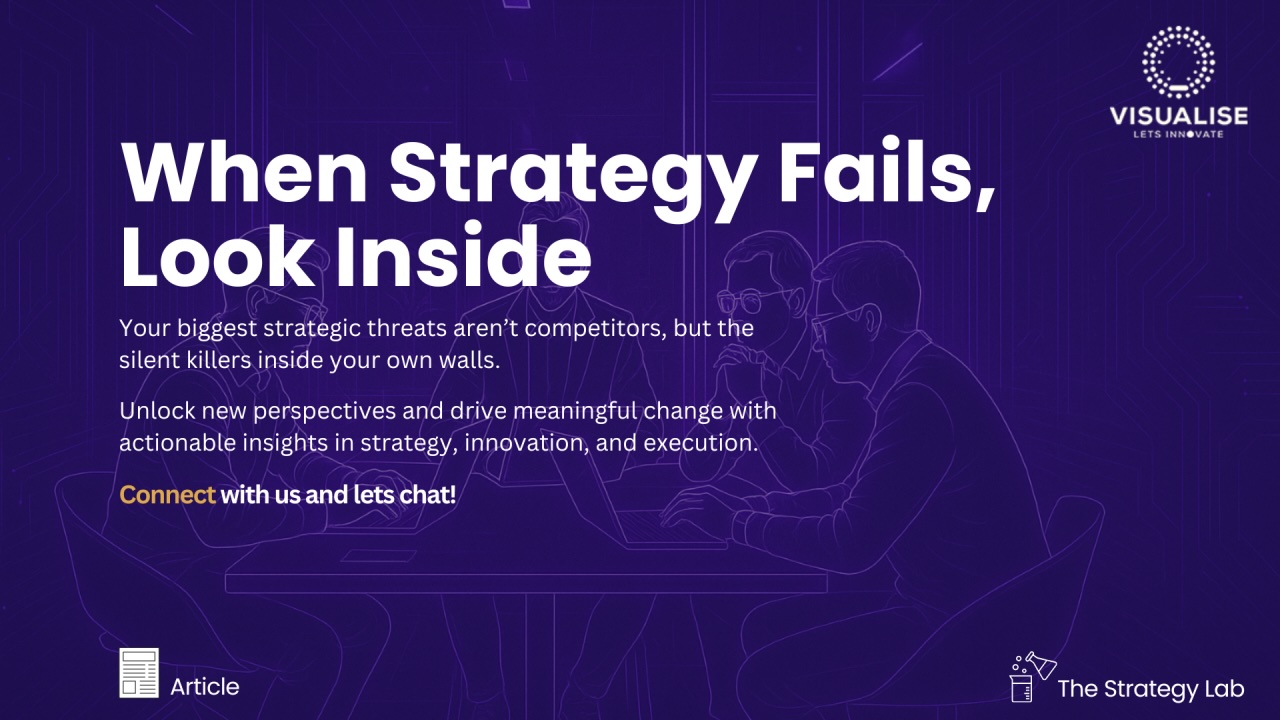Aug06

Time and relationships are crucial to business improvement
Business improvement is a continuous process. Managers are looking for ways to enhance performance and achieve better results. Managers use previous lessons/experiences, try various trial and error methods to learn what works or what doesn't work.
Whether managers currently use and achieve business improvements, two common challenges need to be addressed: time and team dynamics. Did you know time and relationships are the two most precious assets in a business?
Manager Siolism
Managers find themselves alone in delivering results, and going back to their knowledge repository doesn't help. One of the reasons is that what we learned in universities was more related to gaining business insight than learning about ours and other's needs, strengths, and ways. The human interactions, the relationship dynamics and balancing it with tasks, and their effect on execution time was not taught either. This kind of non-awareness as to the condition that leads to successful relationships and results leads managers to try the above personal ways. The non-awareness of proven and tested ways to accelerate business improvement can be another reason managers struggle. Lastly, the non-existence of a leadership readiness program before moving into the first leadership position.
Widening your vision
Managers need an external intervention to help them expand their vision to incorporate new insightful learning tailored to their needs and situation that will guide them in their work and be more aware of their leadership styles and their impact on others. Leadership Coaching is a holistic approach to achieve clarity on the issues managers face in work. It's important to differentiate between life coaching and proven leadership coaching provided by certified coaches or leadership advisory firms. Life coaching is a general coaching approach for people to gain clarity about personal matters and individual coaches perform that. Some are certified, and others may not be approved.
On the other hand, leadership coaching aims to increase leaders' behavior's effectiveness and widen their perspectives about self and others to innovate and achieve better results. Managers need to evaluate the success rate of the leadership coaching process and the value it's brought to other leaders before starting their coaching journey. Proven coaching processes help the leader to accelerate acquiring personal and interpersonal leadership skills and behaviors. In turn, these skills are transferable to the teams, and the leader will act in a coach-like approach.
There's another alternative to improve team dynamics: team coaching/building that includes the team leader. Team coaching is a holistic approach to enhancing team relationships, improving team communication, and aligning team behaviors toward shared team values and principles. Aligning team behaviors will reduce the execution time and improve team processes and, ultimately, business results.
The financial impact of leadership development
Proven leadership coaching and the team coaching process gain credibility worldwide in big corporations such as GE, Ford, and SMEs in India. For example, Allan Mullay has turned Ford from losing company and suffering from siloism to a profitable company with a collaborative culture. Leadership Coaching can help managers overcome diverse challenges by creating an energizing and motivating team environment or improving methods by addressing inefficient systems. Let's take the former goal as an example to show how this works.
The beauty of leadership coaching is that it can be quantified easily. Any manager can calculate its ROI following this simple methodology developed by Sal Silvester. Coaching ROI can be measured in terms of the manager goal "Create an energizing and motivating team environment." To calculate the impact of this goal, ask one question: what is the effect of improving methods on the people, the process, or business? The answer would be Reduced turnover by 20%. Secondly, to measure the financial/business impact, ask one question What were the financial and/or business results? (e.g., in terms of productivity, efficiency, revenues, retention, innovation). The answer would be hiring, onboarding, and getting a new team member productive is 1.5x their salary. For example, the salary of $40k resulted in savings of $60k.
Thirdly, to determine the % attributed to the leadership development is by asking two questions: What factors contributed to this improvement? And What % is attributed to leadership development?
The answer would look like 75% to leadership development and 25% to manager support. Finally, multiplying 75%x 60,000 and the financial impact of leadership development would become $45,000.
Accelerated business improvement
Coaching has some costs, mainly the time investment from the manager for focused learning. Some old behaviors will need to be adjusted. On the other hand, coaching brings managers and their teams more clarity to better work to achieve faster results and live a better life.
The ideal coaching engagement period is from nine to twelve months. Initially, this may seem to be an obstacle. In contrast, the real-time investment per month won't exceed four hours from the manager. The personal value is created throughout the process by having continued reflection on behaviors and building capabilities. The business value would be to achieve goals faster where teams collaborate more with fewer conflict relationships. Time and energy saved allow more time for creative and result-oriented work.
By Ahmed Aref
Keywords: Culture, Leadership, Management
 Are You Setting The Direction?
Are You Setting The Direction? There Seems to be Some Confusion: Exit vs Succession
There Seems to be Some Confusion: Exit vs Succession  When Strategy Fails, Look Inside
When Strategy Fails, Look Inside The Modular Ascent: Integrating Gemini 3, V-JEPA, and World Models for Aviation AGI
The Modular Ascent: Integrating Gemini 3, V-JEPA, and World Models for Aviation AGI Mark Lynd's 2026 Cybersecurity Predictions
Mark Lynd's 2026 Cybersecurity Predictions